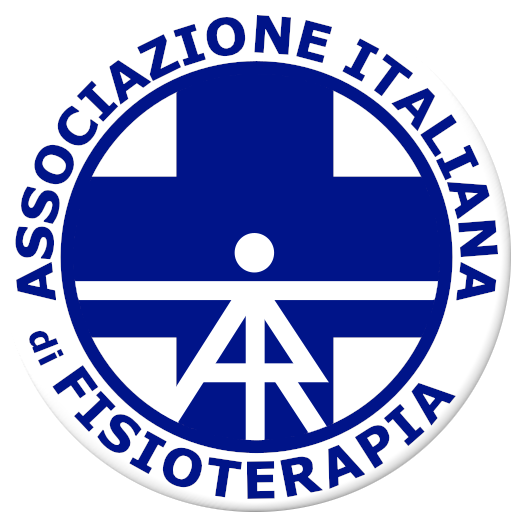I risultati clinici della combinazione di ansiolisi, blocco del nervo soprascapolare, iniezione di corticosteroidi e fisioterapia su soggetti con spalla congelata: una serie di casi
The clinical results of combination of anxiolysis, suprascapular nerve block, corticosteroid injection and physiotherapy on subjects with frozen shoulder: a case series
Introduction
Frozen shoulder (FS) is a gleno-humeral pathology characterized by an insidious onset, increasing pain and loss of active and passive range of motion. The restriction of mobility is related to modification of collagen, overexpression of proteins and also to presence of muscle guarding. The presence of muscle guarding and pain could reduce the efficacy of the physiotherapy, the adherence to the treatment and could increase emotional commitment during rehabilitation.
Objective of the study: To evaluate the clinical results of a combined treatment of anxiolysis and SupraScapular Nerve Block (SSNB) with intra-articular corticosteroid injection and physiotherapy in subjects with FS.
Methods
29 subjects underwent SSNB, intra-articular corticosteroid injections and intravenous anxiolysis; moreover, half an hour later, a physiotherapy session characterized by end range, high grade and painful glenohumeral mobilizations was administered. The same session of physiotherapy was carried out for the first month. The subjects were also educated to perform 5 home stretching exercises to be practiced for 3 months. Passive Range of Motion (pROM), the Short-Form Health Survey 36 (SF-36) and its subscores, Disability of Arm, Shoulder and Hand (DASH) score and Shoulder Pain and Disability Index (SPADI) were used as outcome measures on the 10th-day (T1) and 20th-day (T2) and 1- (T3),2- (T4), and 3- (T5) months follow-up.
Results
Analysis of the data obtained from the SPADI and DASH showed a significant improvement from T1 (p=.000), which lasted until T5 (p=.000). As regards to SF-36 subscores, mean difference (MD) for Physical Functioning, Physical Role and Emotional Role subscales reached statistical significance at T3 (p=.007; p=.000; p=.034), T4 (p=.001; p=.000; p=.003) and T5 (p=.001; p=.000; p=.004) ; in the Bodily Pain and Social Functioning subscales the MD reached statistical significance at the T2 (p=.003; p=.043) through T5 (p=.000; p=.000) follow-up. Furthermore, as far as the Vitality and Mental Health subscales were concerned, the MD showed significance at T4 (p=.017; p=.007); and T5 (p=.000; p=.001). All the average pROM scores, showed a statistically significant improvement from T1 to T5. The results obtained also showed a clinically relevant significance for flexion, abduction and external rotation at 90° and 0° of abduction compared to T0.
Discussion and Conclusion
From our clinical experience and the analyzed data, anxiolysis, SSNB, and intra-articular corticosteroid injections, combined with the above-mentioned mobilizations and a simple home exercise program, are effective at improving shoulder pain, range of motion, and disability in the short term.
REFERENCES
- Brindisino F, Ristori D. The Use of Corticosteroid/ Anesthetic Injections in Conjunction With Physical Therapy in the Treatment of Idiopathic Frozen Shoulder: A Case Series
- Hollmann L, Halaki M, Kamper SJ, Haber M, Ginn KA. Does muscle guarding play a role in range of motion loss in patients with frozen shoulder? Musculoskelet Sci Pract. 2018 Oct 1;37:64–68.
- Manani G, Facco E, Favero L, Favero G, Berengo M, Stellini E, et al. Comparison by means of bispectral index score, between anxiolysis induced by diazepam and sedation induced by midazolam. Minerva Stomatol [ Internet ]. 2011 Jul 1 [cited 2023 Apr 1];60(7–8):365–381.
